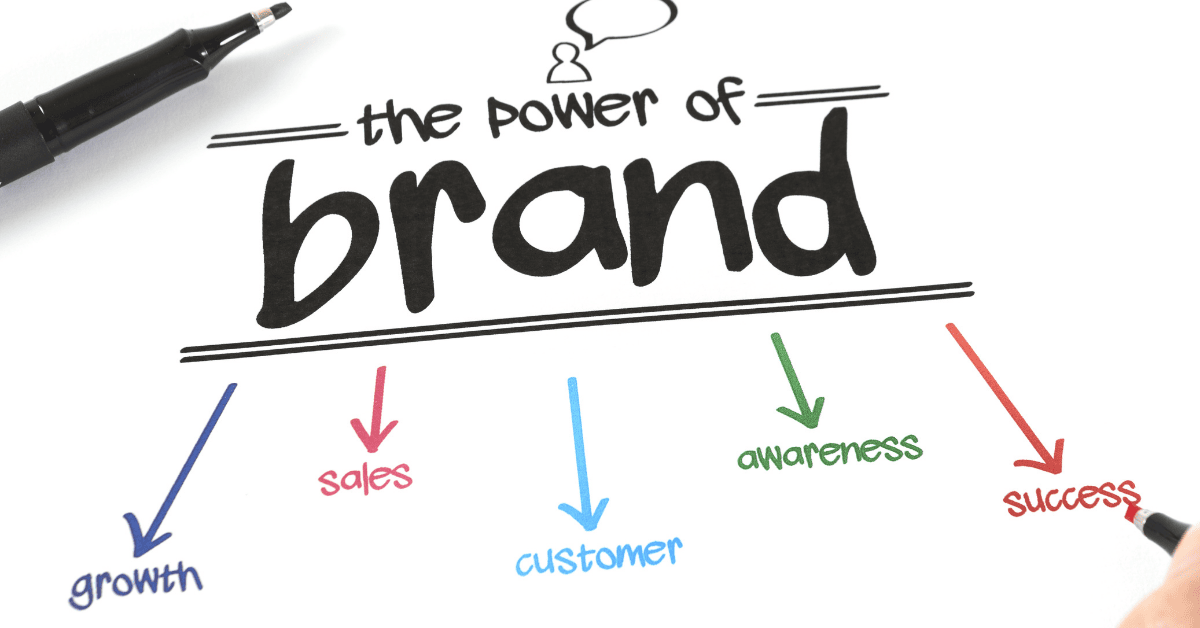Branding and Messaging: Building a Strong Identity and Connecting with Your Target Audience
In the competitive business landscape, establishing a strong brand identity and crafting compelling messaging are essential for capturing the attention and loyalty of your target audience. A well-defined brand and clear messaging can differentiate your business, build trust, and create a
lasting impact. In this blog, we will explore the steps you should take to establish a strong brand identity and develop messaging that resonates with your target audience. Let’s dive in!
- Define Your Brand Values and Personality
Start by defining your brand values and personality. What does your brand stand for? What core principles guide your business? Determine the unique traits that define your brand, such as being innovative, trustworthy, or customer-centric. This foundation will shape your brand identity and guide your messaging efforts. - Understand Your Target Audience
To create messaging that resonates, it’s crucial to understand your target audience deeply. Conduct market research to identify their needs, pain points, preferences, and aspirations. Develop buyer personas that represent your ideal customers. This understanding will help you tailor your messaging to address their specific challenges and desires effectively. - Craft a Clear Value Proposition
Your value proposition should articulate the unique value your brand offers to customers. Identify what sets you apart from competitors and how your products or services solve their problems or fulfill their desires. Develop a concise and compelling value proposition that clearly communicates the benefits customers can expect from choosing your brand. - Consistency Across Brand Touchpoints Maintain consistency across all brand touchpoints, including your logo, visual identity, website, social media profiles, and customer interactions. Consistency fosters brand recognition and builds trust with your audience. Ensure that your messaging aligns with your brand’s tone, values, and personality across all channels and interactions.
- Develop a Brand Story
Craft a compelling brand story that captivates your audience and creates an emotional connection. Share the journey of your brand, its purpose, and the impact it aims to make. Use storytelling techniques to engage your audience and communicate the values and mission behind your brand. - Tailor Messaging to Each Audience Segment
Segment your target audience based on demographics, interests, or buying behavior. Tailor your messaging to each segment’s unique needs and preferences. Speak their language, address their pain points, and highlight how your brand provides solutions or fulfills their desires. Personalized messaging creates a stronger connection with your audience. - Test and Refine Your Messaging
Continuously test your messaging to gauge its effectiveness. Experiment with different headlines, taglines, and calls-to-action to identify what resonates best with your audience. Monitor engagement metrics, conduct surveys, or seek feedback to gather insights. Refine your messaging based on the results to optimize its impact. - Deliver Consistent and Authentic Customer Experience
Branding and messaging go beyond words. Your brand promise should be reflected in every customer interaction. Deliver a consistent and authentic experience at every touchpoint, from customer service interactions to product packaging. Consistency and authenticity build trust and reinforce your brand identity.
By following these steps, you can establish a strong brand identity and develop clear and compelling messaging that resonates with your target audience. Define your brand values, understand your audience, craft a clear value proposition, ensure consistency across touchpoints, develop a brand story, tailor messaging to each audience segment, test and refine, and deliver a consistent and authentic customer experience. With a well-crafted brand identity and messaging strategy, you can differentiate your brand, connect with your audience, and foster long-lasting relationships.






